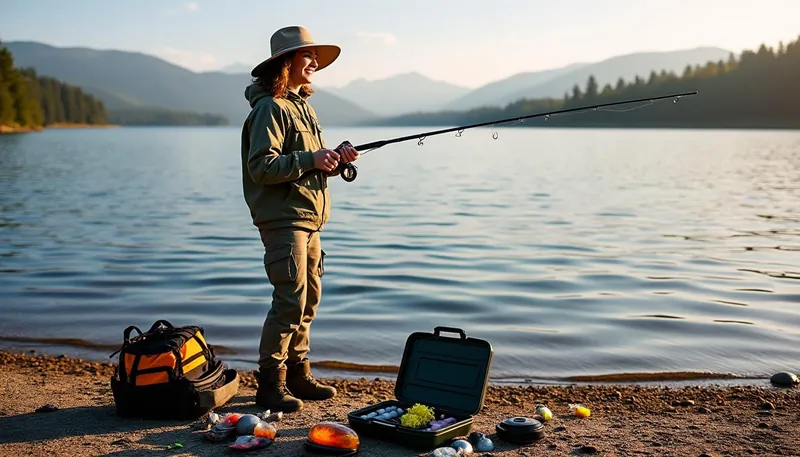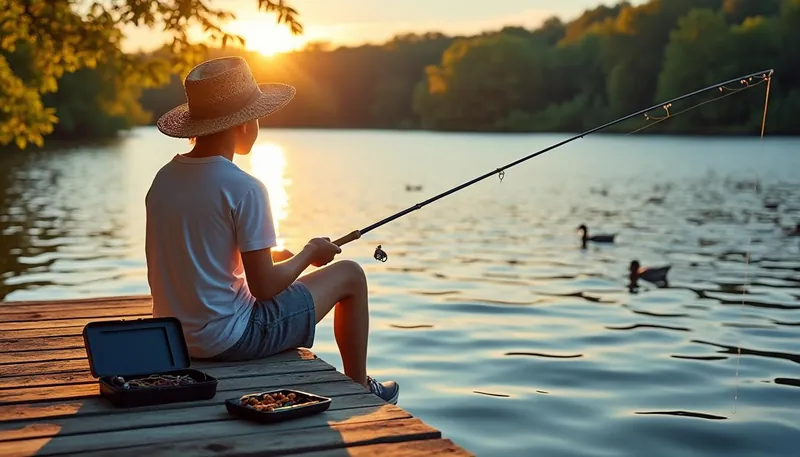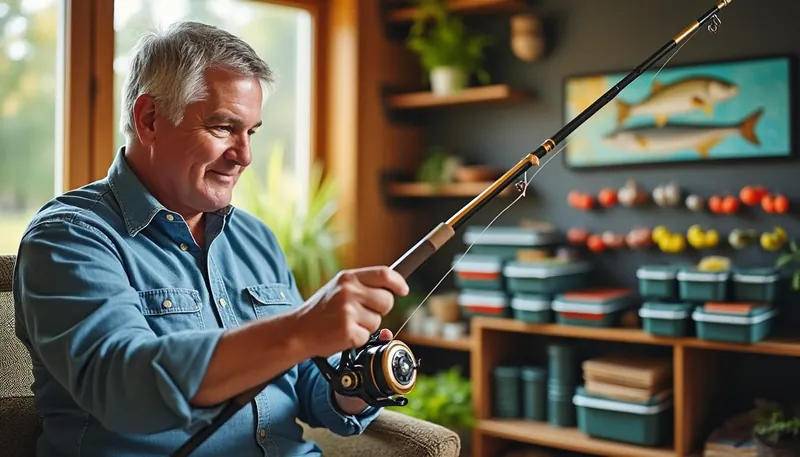Fishing is more than just a hobby; it’s a gateway to connecting with nature, embracing patience, and spending memorable moments with friends and family. For those ready to dip their toes into the world of angling, navigating the plentiful options available can feel overwhelming. But don’t fret! This guide will help you break down the essentials you need to start your fishing journey with confidence. From selecting the right gear to understanding fishing techniques, we’ll cover everything to get you fishing like a pro in no time!
Fishing has evolved into a beloved pastime for millions, with people flocking to local lakes, rivers, and coastal areas for a chance to reel in a big catch. As we dive deeper into the world of fishing, you’ll discover that it’s not just about the final catch but the experience along the way. Welcome to your adventure!
In brief:
- Essential gear and setup for beginners 🚀
- Best fishing styles to start with 🐟
- Techniques for casting and knot tying 🤝
- Locating the perfect fishing spots 📍
- Safety and conservation tips 🌱
Essential Gear and Setup for Beginners
When it comes to fishing gear, there’s no need to break the bank. Starting with a few essential items can make your initial outings enjoyable and successful. Here’s a beginner’s checklist to get you started:
- Fishing Rod and Reel Combo: Opt for a versatile, beginner-friendly setup—a 6 to 7-foot spinning rod is ideal for various fishing situations.
- Fishing Line: A 6 to 10-pound test monofilament line balances strength and ease of use.
- Hooks: Size 6 to 8 bait hooks are perfect for catching panfish and smaller species.
- Bobbers: These devices float on the water and signal when a fish is nibbling (a must-have for new anglers).
- Sinkers: Small weights help your bait sink to the desired depth.
- Bait: Start with live worms or simple artificial lures to attract a variety of fish.
- Tackle Box: Keeps your gear organized and accessible.
- Fishing License: Ensure you’re fishing legally; check local regulations for requirements.
Once you have your gear ready, it’s important to familiarize yourself with how to set it all up. At many outdoor retailers like Bass Pro Shops and Cabela’s, you can find kits that come with everything you need, making your shopping experience smooth and easy. Bonus: a portion of the sales often goes toward environmental conservation efforts.
| Item | Why It’s Essential |
|---|---|
| Fishing Rod and Reel | A sturdy setup is crucial for handling various fish sizes. |
| Fishing Line | Connecting your bait to the rod effectively. |
| Hooks | A good hook ensures you can catch fish successfully. |
| Bobbers and Sinkers | They help you know when you’re getting bites and keep bait submerged. |
| Bait | Attracting fish is vital; live worms are usually a winner. |
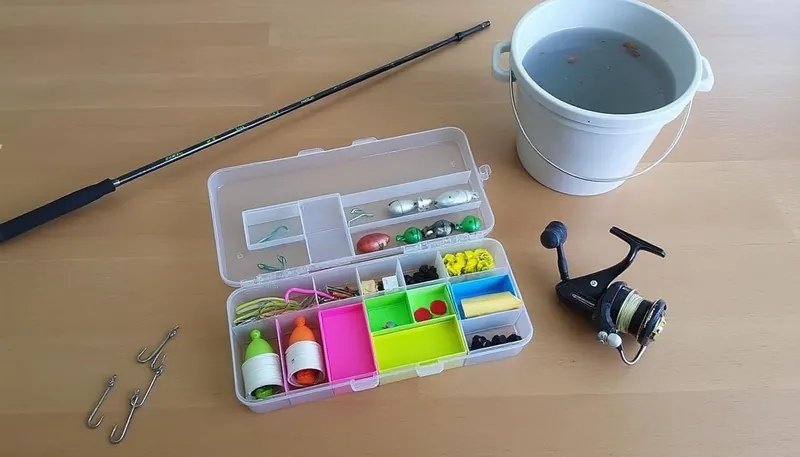
Selecting and Setting Up Your First Fishing Rod
Selecting the right fishing rod can be a game-changer. A closed spin-casting reel is often the best choice for beginners because of its user-friendly design. With a trigger button on the reel that releases line for easy casting, it’s perfect for those starting. On the other hand, if you’re a bit more adventurous, try an open-bail spinning reel, which is equally effective but requires a bit of practice to master.
Next, setting up your rod involves tying on a hook, attaching sinkers, and using a bobber to indicate bites. Using an easy knot like the improved clinch knot will ensure your tackle stays secure. Remember, practice makes perfect, so don’t hesitate to take a few practice swings before heading out on your fishing trip!
Best Fishing Styles to Start With
Now that you have your gear ready, it’s time to explore which fishing styles are beginner-friendly. Selecting the right fishing method can significantly enhance your experience as a novice angler. Here are a few popular styles to consider:
- Freshwater Shore Fishing: Perfect for lakes and rivers, where you don’t need a boat to access quality fishing spots.
- Float/Bobber Fishing: This method involves using a bobber to detect fish bites easily; it’s engaging and perfect for newbies.
- Spinning Reel Casting: This versatile technique is great for catching a variety of fish species using different lures.
Yasi, a beginner angler, started with float fishing at a nearby pond and had great success catching bluegill and bass. It helped boost her confidence and made the experience fun! Remember, fishing should be enjoyable, so try different styles until you find the one that resonates with you. Local tackle shops like Shimano and Ugly Stik offer tutorials and fishing workshops that provide hands-on experience in various methods.
| Fishing Style | Key Features |
|---|---|
| Freshwater Shore Fishing | No boat needed, easy access, great for lakes and ponds. |
| Float/Bobber Fishing | Immediate feedback on bites, engaging method. |
| Spinning Reel Casting | Versatility with various fish species, exciting. |
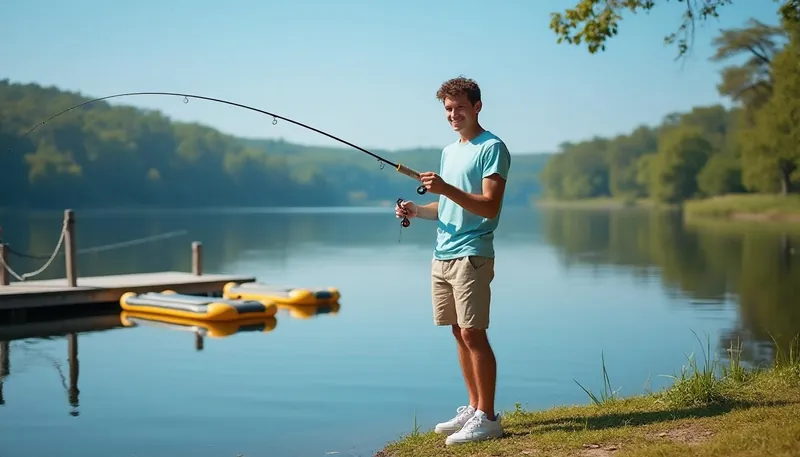
How to Cast a Fishing Rod Like a Pro
Time to get hands-on! Learning how to cast your fishing rod effectively is crucial for success. Here’s a simple step-by-step guide to mastering the cast:
- Start by holding the rod with your dominant hand above the reel.
- Flip the bail (the metal wire loop) to release the line.
- Pinch the line with your index finger to control it.
- Practice swinging the rod back and forth smoothly while focusing on your target.
- Release the line as you swing through towards the target.
- Finally, flip the bail back to lock the line and start reeling in.
Practicing in an open area can be very rewarding! 🎯 Make it fun; challenge a friend to see who can cast further (but ensure you’re safe and not near others). Local fishing workshops or online tutorials can also provide valuable demonstrations on the casting technique to help refine your skillset.
Locating the Perfect Fishing Spots
Finding the right fishing location is essential for a successful outing. Luckily, many resources can guide you toward ideal spots for beginner anglers. Here’s how to uncover the best local fishing areas:
- Google Maps: Searching for « public fishing lakes near me » showcases nearby spots.
- Fishing Apps: Download apps like Fishbrain, Navionics, and iAngler for fishing reports and local tips.
- Bait Shops: Engage with staff—they often share invaluable local insights.
- State Park Sites: Check websites for public lakes and relevant fishing regulations.
When initially choosing a spot, consider a quiet area with rocky or weedy underwater structures, as fish often congregate in such locations. Keeping your fishing line a safe distance from newly disturbing fish is crucial for those first catches. 👀 Over time, logging your favorite fishing spots can help you discover new ones that might become your go-to destination!
| Resource | Benefits |
|---|---|
| Google Maps | Quick location access to nearby lakes. |
| Fishing Apps | Community advice and reports on fish activity. |
| Bait Shops | Expert tips from locals familiar with local fishing conditions. |
Safety and Conservation Tips for New Anglers
As much as fishing is fun, safety is paramount. Respecting our resources helps ensure that fishing remains a sustainable activity for generations. Here are some vital tips to keep in mind:
- Always fish with a buddy in case of emergencies—being safe is number one!
- Be cautious when handling sharp hooks; injuries can occur easily.
- Never cast near other anglers—maintain a safe distance!
- Wear a personal flotation device or life vest when fishing from a boat.
- Respect catch regulations and adhere to conservation practices; we want to keep fishing enjoyable for years to come! 🎣
A major part of being an angler is understanding the environmental impact. Carry out everything you bring in and avoid leaving behind waste. Recycling fishing line is essential as wildlife can be affected by discarded equipment. Check local rules regarding bait and avoid transferring fish or plants between water bodies—maintaining the ecosystem should be a priority! 🌊
| Safety Tip | Importance |
|---|---|
| Fish with a Buddy | Enhanced safety in case of emergencies. |
| Handle Hooks Carefully | Avoid serious injury. |
| Cast Safely | Prevent accidents with other anglers. |
| Practice Conservation | Protecting resources for future generations. |
What type of fishing is best for beginners?
Freshwater shore fishing is highly recommended for novices, as it doesn’t require a boat and is accessible.
How can I tell if a fish is biting?
When a fish takes your bait, your bobber will move or dip under the water, indicating it’s time to reel in!
Do I need a fishing license?
Yes, most states require a fishing license, especially for freshwater fishing. Check local regulations.
What bait should I use for beginners?
Start with live worms or simple lures, which are often very effective for catching various fish species.
Can I fish in public lakes?
Yes, many public lakes allow fishing, but always check local regulations to ensure compliance.
